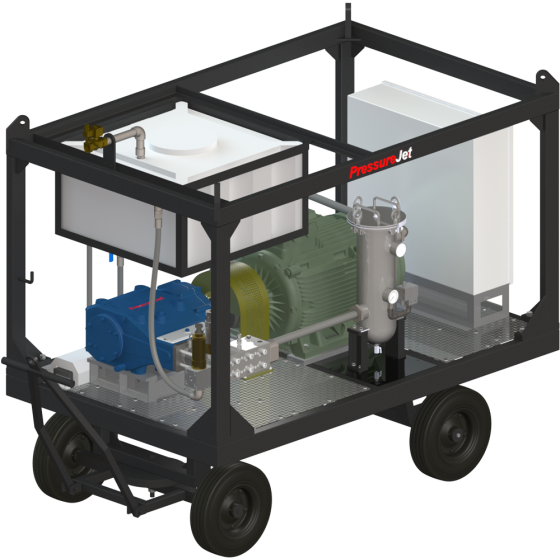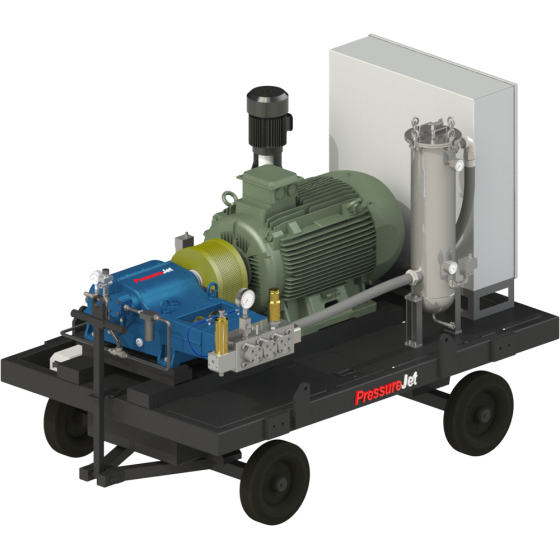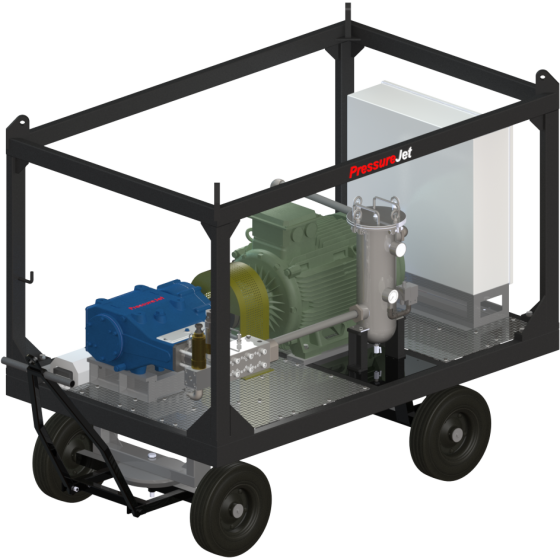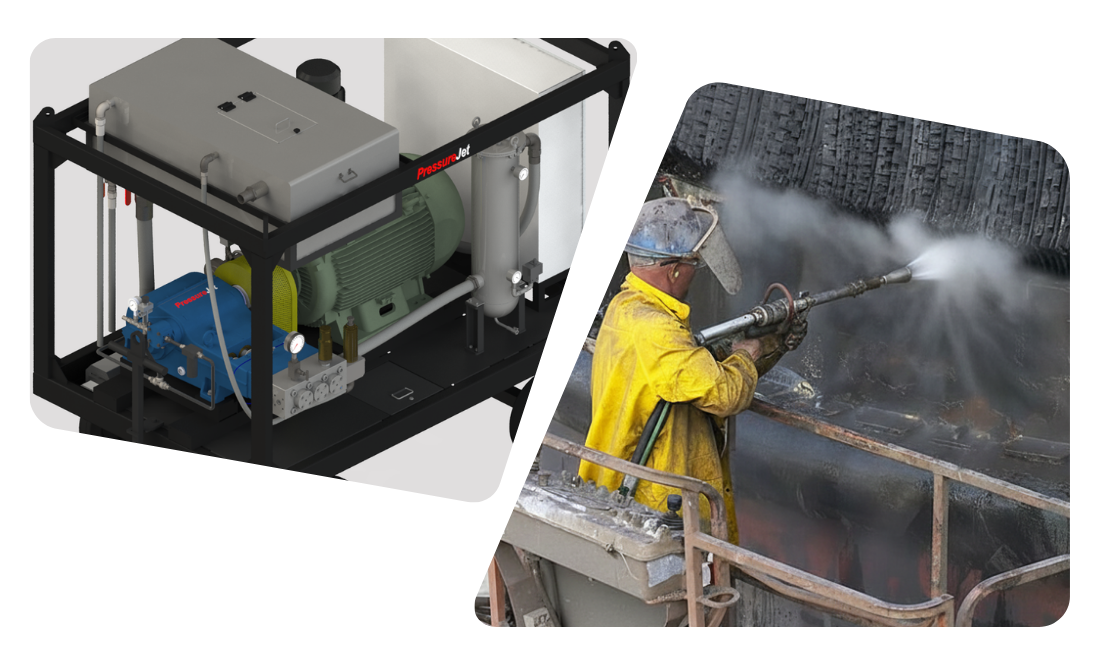High Pressure Water Blasting



WATER BLASTING MEDIA
Hydro blasting, water jetting or water blasting are terms commonly used when describing water as the tool to do surface preparation. The use of water is a technique for cleaning surfaces, which relies solely on the energy and force of water striking a surface to achieve its cleaning effect. In principle abrasive is not used in water blasting systems, hence, the problems caused by dust pollution and by the disposal of spent abrasives are eliminated.
SURFACE CONDITION AFTER WATERBLASTING
Flash rust :
When large areas are waterblasted, flash rusting which deminish the original surface standard may occur, before painting can be carried out. The degree of flash rusting depends on many factors, such as humidity level, temperature and the length of time the surface is exposed.
Degrees of flash rust :
- Light flash rust : small quantities of light tan-brown rust will partially discolour the original steel surface. The discolouration may be evenly distributed, or in patches, but it will not be heavy enough to mark an object brushed against the areas.
- Medium flash rust : a layer of light tan-brown rust will cover the original steel surface. This layer may be evenly distributed or in patches, but it will be heavy enough to easily mark objects brushed against the areas.
- Heavy flash rust : a heavy layer of dark tan-brown rust will be completely covering the original surface. This layer will be evenly distributed and will easily mark objects brushed against the areas.
Temperature rise :
The use of high pressure water blasting will cause the temperature of the steel to rise. The increase of temperature of the steel surface can be substantial, depending on the pressure of the equipment used and will help water blasted surfaces to dry off faster, hence reducing the degree of flash rusting.
Removal of foreign elements :
The use of water has the advantage of removing oil and grease from the surface along with salt deposits. This is a major plus point of high pressure water blasting. The grey, brown to black discoloration of corroded and pitted steel after water blasting cannot be removed by further blasting. Studies shows that this thin film consists of mainly ferric oxide, which is an inert material. As it is tightly adherent, it does not present a serious contamination problem.
SURFACE PROFILE
High pressure water blasting will not produce a surface profile as such. Weak end steel might erode, resulting in metal loss, but the surface profile exposed after blasting will have been produced by earlier surface preparation or corrosion.








